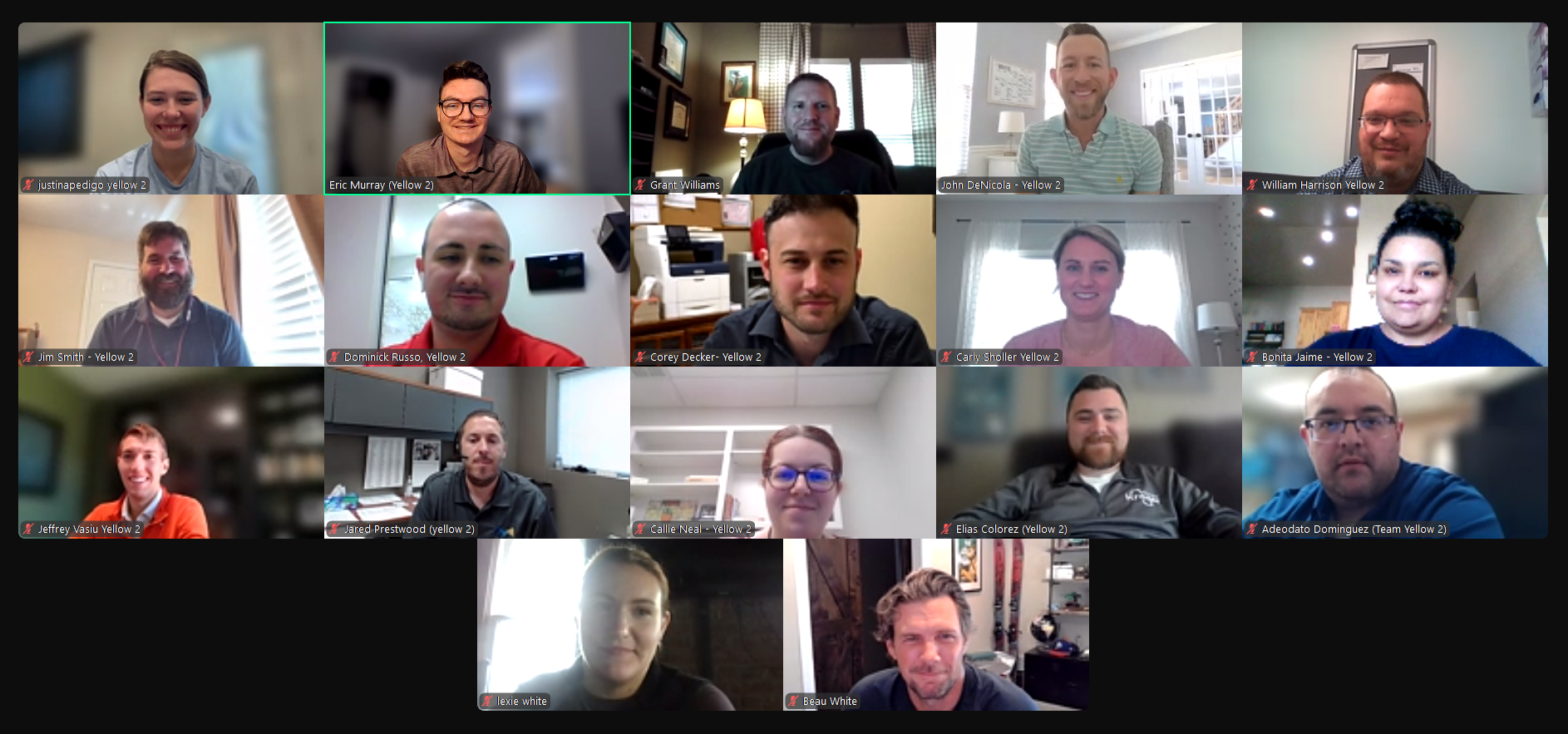By: Rick Stein, Vice President of Fresh, FMI
 Enhancing the fresh supply chain has long been an industry goal, but in the wake of COVID-19 it has become an absolute imperative.
Enhancing the fresh supply chain has long been an industry goal, but in the wake of COVID-19 it has become an absolute imperative.
Improved data, analytics and visibility are essential to better connect the industry and make us more prepared for whatever lies ahead. That was a key message from speakers at FMI FreshForward.
“The supply chain has never been more important,” emphasized Rodney McMullen, The Kroger Co.’s chairman and CEO, in remarks at the event.
He said Kroger has focused on overcoming hurdles to maintain an efficiently operating supply chain during the pandemic “so that our communities have access to fresh, affordable food and essentials.”
Rodney’s comments helped fuel a full day of compelling FreshForward discussions about the fresh supply chain — one of the event’s major themes. The conference was held online because of the global crisis. More than 80 retailers attended, and a wide range of industry stakeholders engaged in FreshForward’s signature breakout discussions to identify key takeaways.
Role of Data and Analytics
Embracing advanced analytic insights to understand consumer behavior was identified as one of the keyways to make progress. This approach can drive productivity, visibility, communications and dynamic decision making, said speaker Brian Baker, managing director, Deloitte.
He urged fresh industry executives to focus on platforms to bring together data, technology and operations.
“I’m sure you have capabilities in place or a roadmap for making this happen,” he said. “But are they working in concert like an orchestra, or as individual instruments not playing the same song?” he asked.
Lessons from the Produce Sector
Another useful strategy is to identify the biggest pinch points and how they change over time, noted Michael Castagnetto, president, Robinson Fresh, in addressing disruption in the produce supply chain. He showed the FreshForward audience a map that relayed fresh produce supply chain stress points during the pandemic.
One of the biggest stressors involved the shift of huge levels of volume from foodservice to retail.
Adjusting in the future will require scenario-planning strategies that enable agility and visibility, he said.
“We as a fresh industry need to be ready to manage inventory from just in time to just in case,” he observed.
New Meat Industry Opportunities
The meat industry was a fresh sector in the media spotlight early in the pandemic — and not for positive reasons. However, John Pauley, EVP, chief commercial officer, Smithfield, said reports about COVID-19 cases at company plants didn’t slow the organization’s executives from moving ahead with proactive steps to support employee safety, alleviate supply chain stresses, and help communities.
“This period taught us we need to simplify, communicate better, and hopefully be a better partner for our customers,” Pauley said.
Among the supply chain and product efforts implemented:
- Enhancing simplification strategies across the supply chain.
- Enacting longer production runs on core items and fewer changeovers.
- Focusing on “power SKUs” for optimized assortment.
A Time to Take Action
FreshForward’s supply chain discussions made clear that we need to connect the dots, gain visibility, invest in people, and identify innovative strategies and partnerships to increase efficiency. Technology will play an important role in enhancing operations in the fresh supply chain. That point was emphasized in remarks by Aneta Ranstoller, vice president of marketing for Invatron Systems Corp., who introduced Rodney’s presentation. The pandemic has accelerated efforts to address hurdles, and we need to keep the momentum going.
Let’s not let this moment pass without making significant positive changes in the fresh supply chain.


 Industry Topics address your specific area of expertise with resources, reports, events and more.
Industry Topics address your specific area of expertise with resources, reports, events and more.
 Our Research covers consumer behavior and retail operation benchmarks so you can make informed business decisions.
Our Research covers consumer behavior and retail operation benchmarks so you can make informed business decisions.
 Events and Education including online and in-person help you advance your food retail career.
Events and Education including online and in-person help you advance your food retail career.
 Food Safety training, resources and guidance that help you create a company food safety culture.
Food Safety training, resources and guidance that help you create a company food safety culture.
 Government Affairs work — federal and state — on the latest food industry policy, regulatory and legislative issues.
Government Affairs work — federal and state — on the latest food industry policy, regulatory and legislative issues.
 Get Involved. From industry awards to newsletters and committees, these resources help you take advantage of your membership.
Get Involved. From industry awards to newsletters and committees, these resources help you take advantage of your membership.
 Best practices, guidance documents, infographics, signage and more for the food industry on the COVID-19 pandemic.
Best practices, guidance documents, infographics, signage and more for the food industry on the COVID-19 pandemic.
